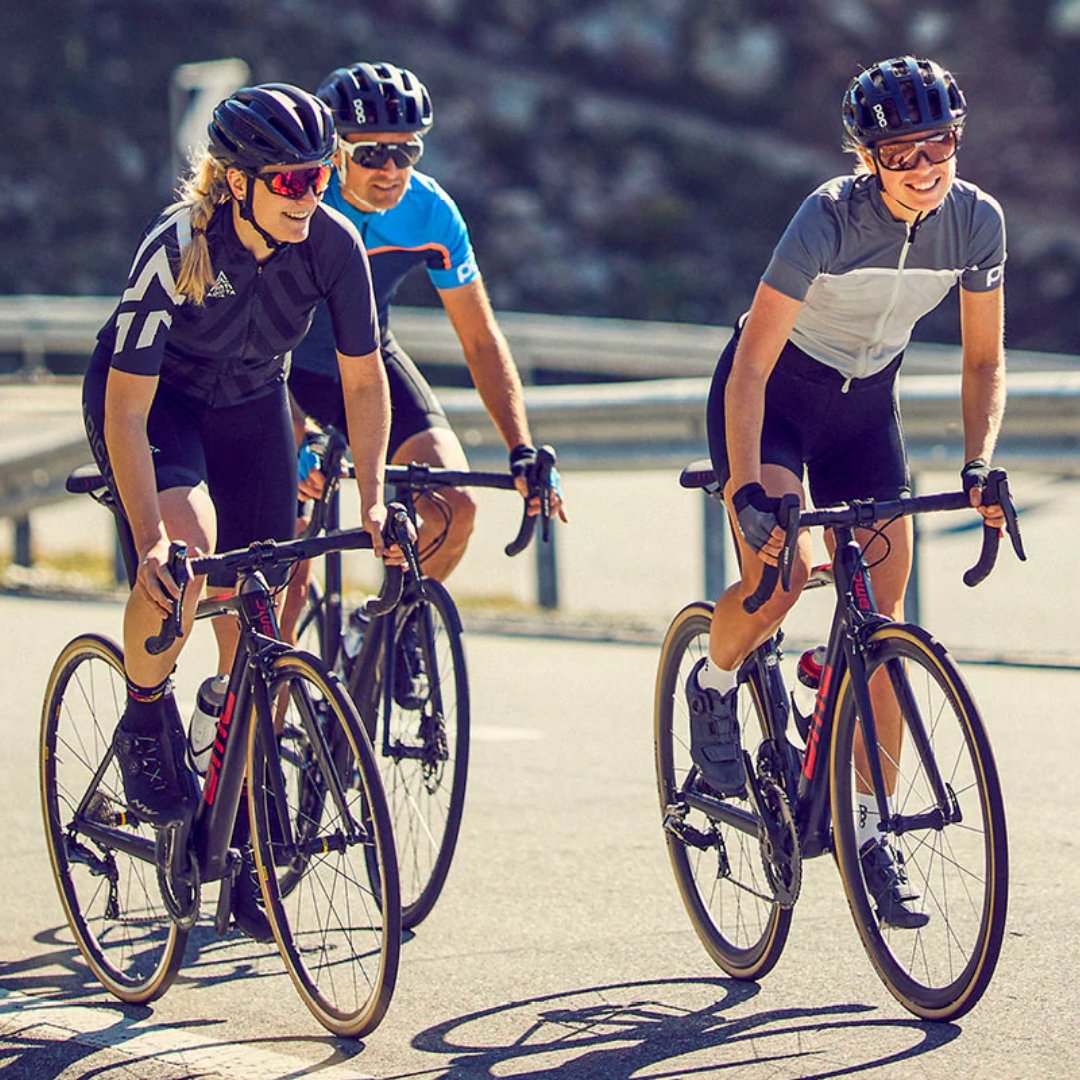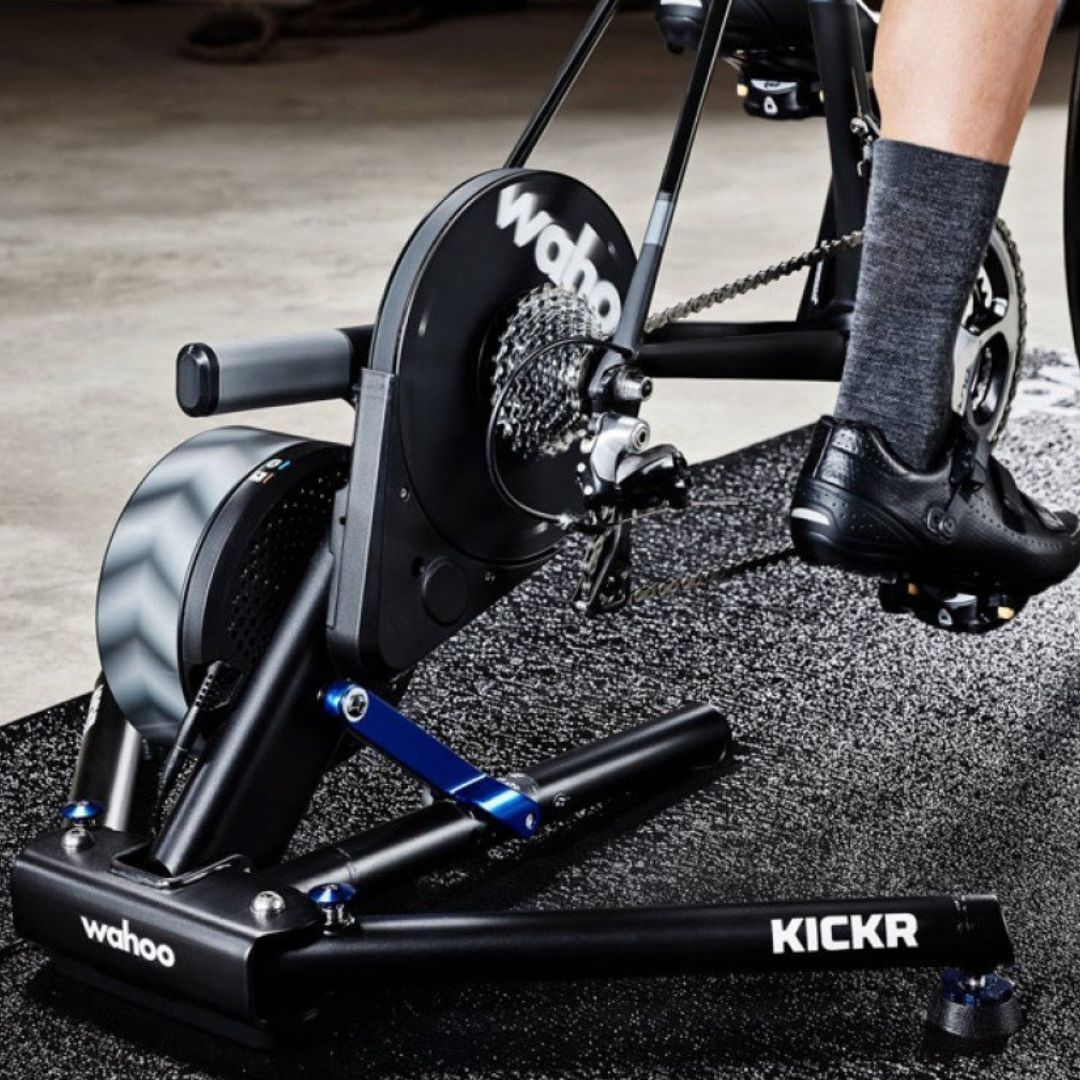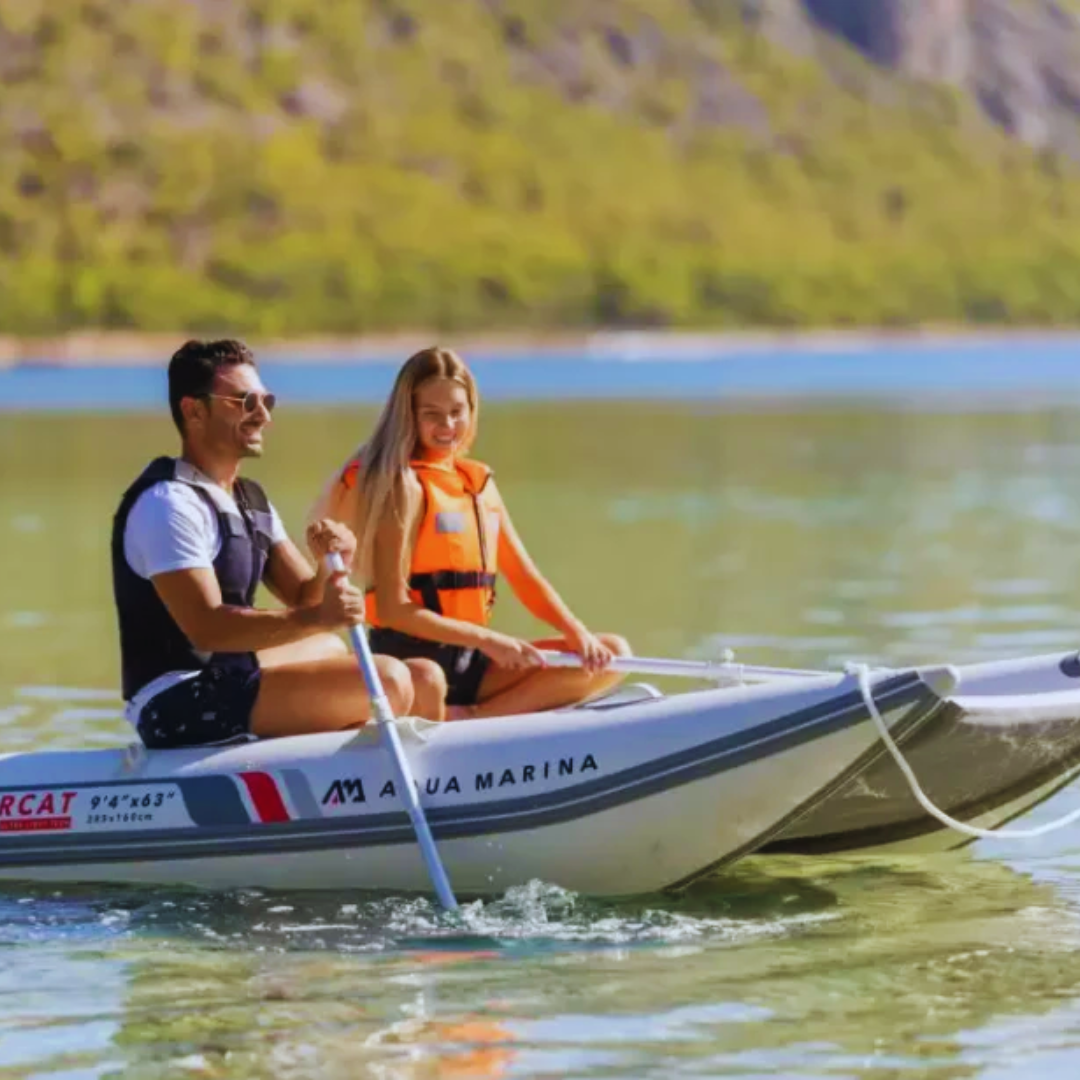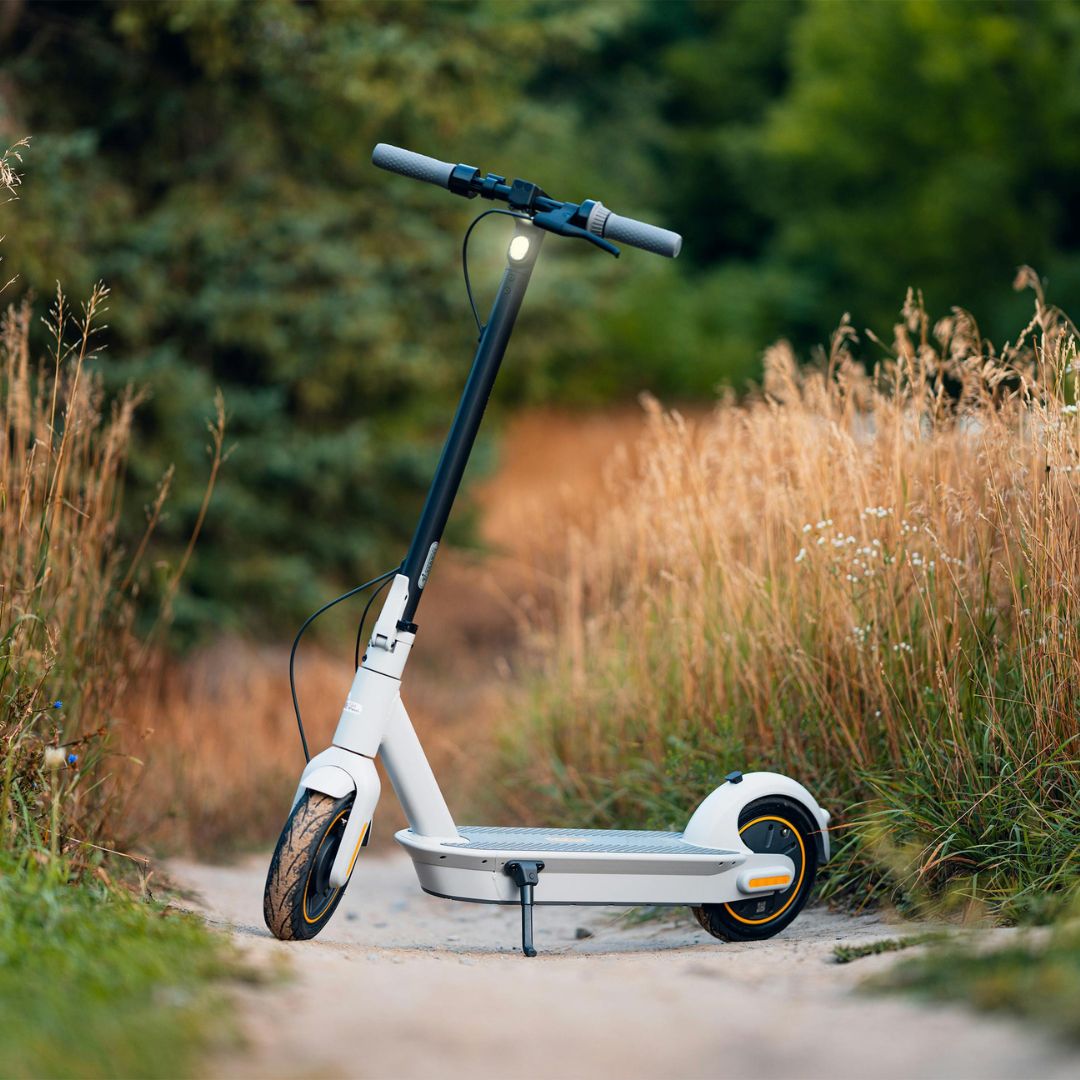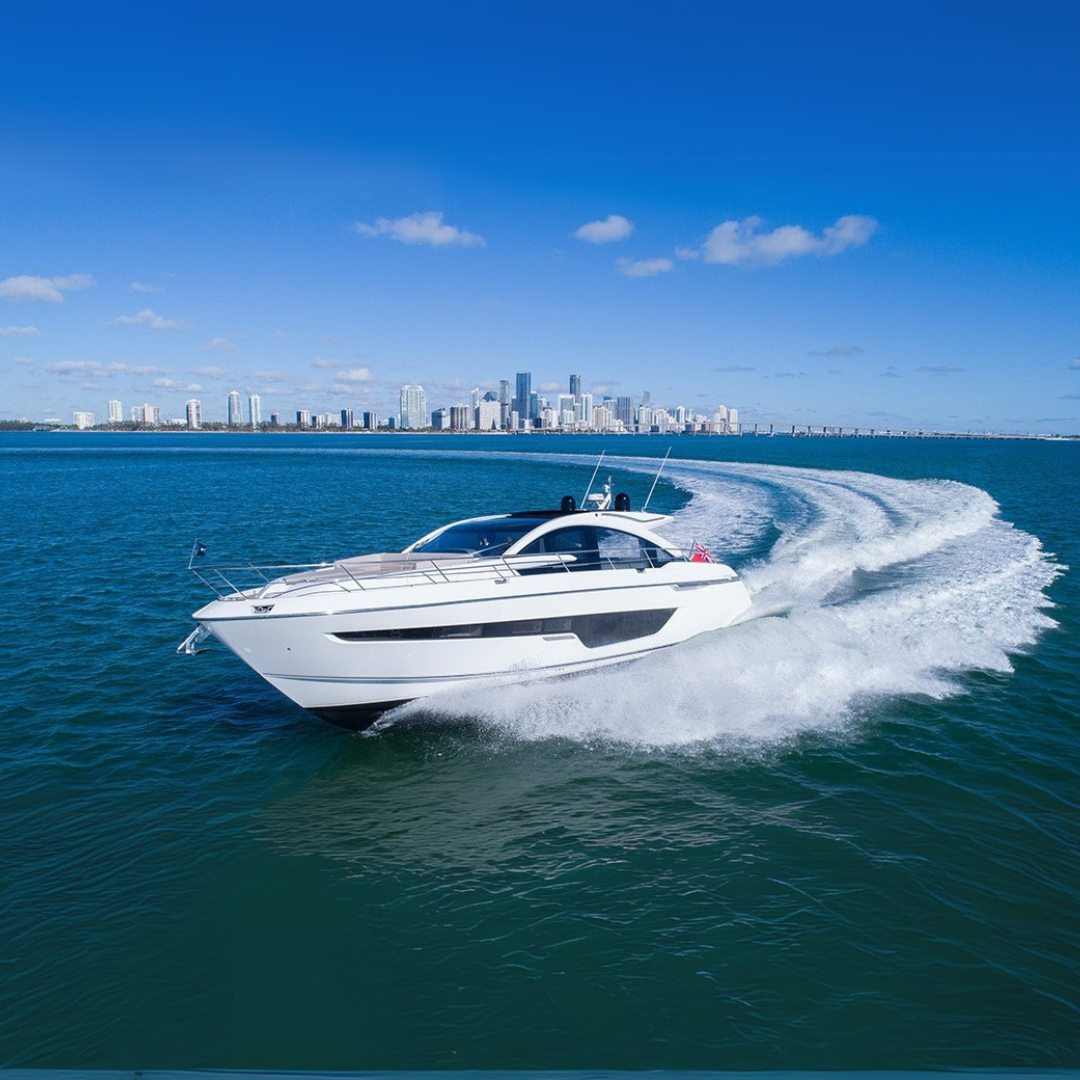Choosing the Right Ride: Differentiating Road Bikes, Gravel Bikes, and Mountain Bikes
When it comes to cycling, selecting the right type of bike is crucial for enjoying the sport to its fullest. Road bikes, gravel bikes, and mountain bikes each offer unique features tailored to specific types of riding. Understanding these differences will help you choose the perfect bike for your needs. Here’s a comprehensive guide to differentiate these three popular types of bikes.

Road Bikes
Purpose and Terrain: Road bikes are designed for speed and efficiency on paved surfaces. They are ideal for long-distance rides, racing, and commuting on smooth roads.
Key Features:
-
Frame and Geometry: Road bikes feature lightweight frames, usually made of carbon fiber, aluminum, or titanium. The geometry is designed to position the rider in an aerodynamic posture, enhancing speed and efficiency.
-
Tires: These bikes have narrow, smooth tires (typically 23-28mm) with high pressure to reduce rolling resistance and increase speed.
-
Handlebars: Drop handlebars are standard on road bikes, allowing for multiple hand positions and a lower, more aerodynamic riding posture.
-
Gearing: Road bikes come with a wide range of gears to handle various inclines and speeds. However, the gear range is often not as wide as that of mountain bikes.
-
Brakes: Modern road bikes use either rim brakes or disc brakes. Disc brakes provide better stopping power and control, especially in wet conditions.
Ideal For:
- Long-distance road riding
- Competitive racing
- Commuting on paved roads
- Group rides and events

Gravel Bikes
Purpose and Terrain: Gravel bikes bridge the gap between road and mountain bikes, designed to handle a variety of terrains including gravel paths, dirt roads, and rough pavement.
Key Features:
-
Frame and Geometry: Gravel bikes have a more relaxed geometry compared to road bikes, providing greater comfort and stability on uneven surfaces. The frames are often made from carbon fiber, aluminum, steel, or titanium.
-
Tires: Gravel bikes have wider tires (usually 35-50mm) with more tread to handle mixed terrain. These tires can run at lower pressures for better traction and comfort on rough surfaces.
-
Handlebars: While gravel bikes typically have drop handlebars like road bikes, they often feature a flared design for better control on rough terrain.
-
Gearing: Gravel bikes have a wider gear range to tackle both steep climbs and fast descents, similar to mountain bikes but optimized for mixed-terrain riding.
-
Brakes: Disc brakes are standard, providing reliable stopping power and control in all conditions.
Ideal For:
- Mixed-terrain adventures
- Long-distance touring
- Bikepacking
- Riding on gravel, dirt, and rough pavement

Mountain Bikes
Purpose and Terrain: Mountain bikes are designed for off-road cycling, capable of handling rough trails, steep climbs, and technical descents.
Key Features:
-
Frame and Geometry: Mountain bikes have robust frames with geometry optimized for stability and control on rough terrain. They are typically made from aluminum, carbon fiber, or steel.
-
Tires: These bikes have wide, knobby tires (usually 2.1-2.6 inches) that provide excellent grip and shock absorption on rough and loose surfaces.
-
Handlebars: Flat or riser handlebars offer a wide grip for better control and handling on technical trails.
-
Suspension: Mountain bikes come with front suspension (hardtail) or both front and rear suspension (full suspension) to absorb shocks from rough terrain. Suspension travel varies depending on the type of mountain biking (cross-country, trail, enduro, downhill).
-
Gearing: Mountain bikes have a very wide range of gears to handle steep climbs and technical descents. They often feature 1x or 2x drivetrains to simplify shifting and reduce mechanical issues.
-
Brakes: Powerful hydraulic disc brakes provide excellent stopping power and modulation, essential for controlling speed on steep and technical descents.
Ideal For:
- Off-road trail riding
- Technical and rocky terrain
- Steep climbs and descents
- Adventure cycling in rugged environments


